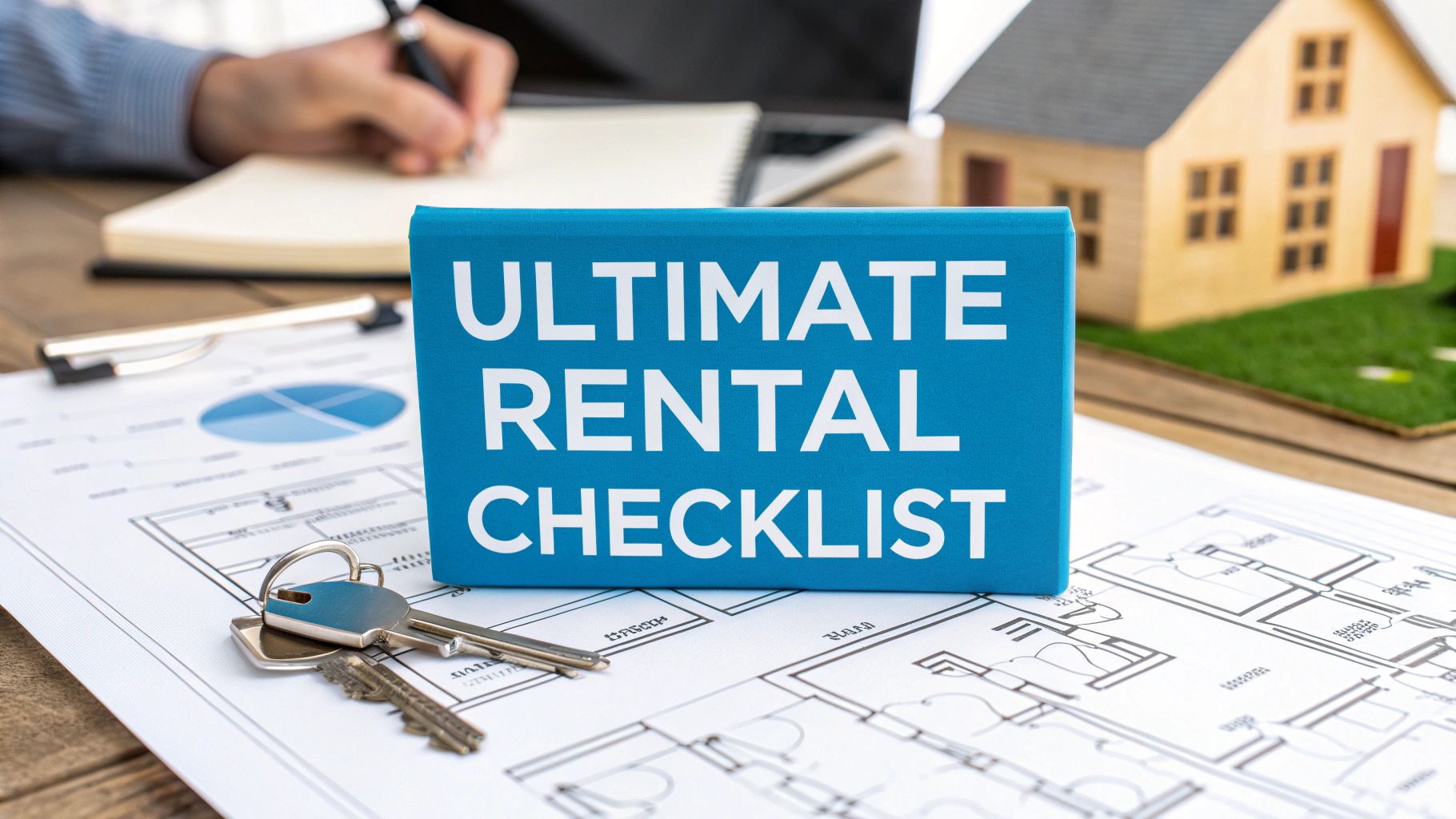It’s no secret that maintenance for your rental properties is critical, and can quickly become overwhelming depending on how many maintenance requests you’re trying to manage. Sometimes every maintenance request feels like it’s a top priority, while in reality, only some of those requests are truly urgent.
Instead of feeling overwhelmed by your maintenance requests, here’s how you can prioritize and manage your tenants’ maintenance requests!
Emergency / Immediate Maintenance Issues
Usually you know an emergency maintenance issue when you see it: anything that compromises your tenants’ safety, their ability to inhabit the property, or the property’s value needs immediate attention. Examples of emergency maintenance issues include major flooding, power loss, tree falling, fire, or HVAC failure.
The best way to handle situations like this is to create a preferred vendor list. A preferred or approved vendor list simply refers to vendors (plumbers, electricians, handypersons, cleaners, etc.) who you’ve established a relationship with and who can offer fast help when needed. Not only is this list helpful to always have on hand, but you can also share it with your tenants so they can get help for after-hours emergencies.
.png)
High Priority
High priority maintenance tasks are those that if ignored, will greatly affect operations in the near future. These issues don’t directly compromise the tenant’s safety or building’s integrity, but it’s important to address high priority maintenance tasks as soon as you can.
The longer you wait on issues like broken appliances, bed bugs, leaking roof or pipes, the more it can end up costing to repair, not to mention how much it’s negatively impacting your tenants’ living conditions. You’re also at risk of getting negative public reviews from your tenants when you let these issues go without fixing.
Medium Priority
Medium priority maintenance tasks don’t put anyone or anything in jeopardy, but they still require attention throughout the year. Seasonal tasks such as debris removal for fire season and winterizing pipes for the colder months all typically fall under the “medium priority” category.
Having a preferred vendor list for medium priority, seasonal tasks comes in handy when you can get on a regular or annual schedule with the same vendor. The more that can be scheduled ahead, the better!
Low Priority
Similar to medium priority, low priority maintenance tasks won’t put your tenants or the property at risk. This includes most cosmetic maintenance requests, such as wall repairs and replacing light bulbs. Even thought these issues come in at the bottom of your priority list, getting them done eventually will help avoid complaints or bad reviews from tenants.
What if your tenant has a maintenance issue and doesn’t submit a maintenance request?
Sometimes tenants will not submit necessary maintenance requests. If it’s intentional, it might be because they have other lease violations that they don’t want you to find. But it could also be that they haven’t noticed or they don’t realize it’s an issue. So how can you maintain consistent maintenance without relying on your tenants’ word?
Regular property walkthroughs with condition reports will help you keep an eye on your properties without actually being there — and you’ll have an idea about all possible maintenance issues, not just the ones your tenants tell you about. Use an objective third party like Showdigs to check out your properties one to two times per year to help stay up to date with maintenance issues at all your properties!




.png)


